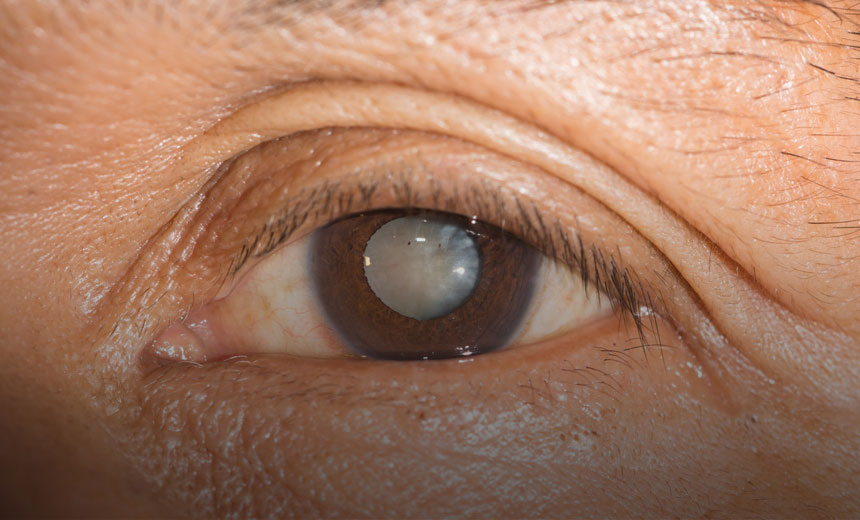"*" indicates required fields
31/08/2017

Cataracts can happen to anyone – nearly everyone will have some cataract formation by the age of 70. However, did you know that you could be at higher risk of cataracts simply because of the colour of your eyes?
People with dark brown eyes have the greatest risk of developing cataracts. An Australian study found that the risk can be up to 2.5 times greater for certain types of cataracts.
Researchers suspect the reason is similar to wearing a black shirt in the middle of summer. The dark colour absorbs more light and heats up the lens of the eye, eventually causing it to become cloudy after many years.
If you have dark brown eyes, don’t panic – there are ways to help offset the increased risk. Even if your eyes aren’t dark brown, you should keep reading to discover the steps to take to reduce the risk of developing cataracts in the future.
UV exposure and smoking are two major risk factors for cataracts. By wearing UV protected sunglasses and a hat with a visor, plus quitting smoking, you can lessen the likelihood of developing cataracts.
If your eyesight is deteriorating, becoming more sensitive to light, intolerant to glare or you’re experiencing the dulling of colours, you should visit your optometrist or GP.
Most people who need treatment are over 60 years old, although cataracts can occur at a younger age as well.
Cataract surgery is a straightforward procedure that provides good results for the vast majority of patients, assuming that your eyes are otherwise healthy.
If you are having cataract surgery, it will most likely be performed at a day surgery. The anaesthetist will ensure that you are relaxed before the surgery. The surgeon then removes your cloudy lens and replaces it with a clear, artificial lens that will remain there permanently. Once in place, you won’t be able to feel the lens and it’s likely to stay there safely for the rest of your life.
The information on this page is general in nature. All medical and surgical procedures have potential benefits and risks. Consult your ophthalmologist for specific medical advice.
Date last reviewed: 2022-10-05 | Date for next review: 2024-10-05